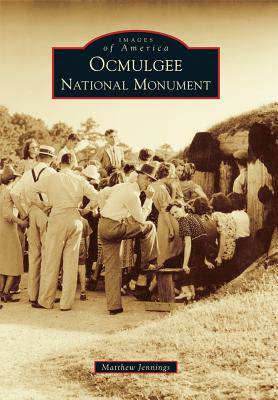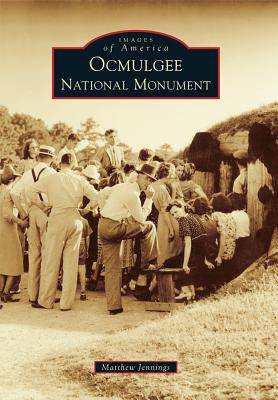
- Afhalen na 1 uur in een winkel met voorraad
- Gratis thuislevering in België vanaf € 30
- Ruim aanbod met 7 miljoen producten
- Afhalen na 1 uur in een winkel met voorraad
- Gratis thuislevering in België vanaf € 30
- Ruim aanbod met 7 miljoen producten
Zoeken
€ 34,95
+ 69 punten
Omschrijving
People have called the land near the Ocmulgee River in present-day central Georgia home for a long time, perhaps as many as 17,000 years, and each successive group has left its mark on the landscape. Mississippian-era people erected the towering Great Temple Mound and other large earthworks around 1,000 years ago. In the late 17th century, Ocmulgee flourished as a center of trade between the Creek Indians and their English neighbors. In the 19th century, railroads did irreparable damage to the site in the name of progress and profit, slicing through it twice. Preservation efforts bore fruit in the 1930s, when Ocmulgee National Monument was created. Since then, people from all over the world have visited Ocmulgee. They come for many reasons, but they invariably leave with a reverence for the place and the people who built it hundreds of years ago and those who have maintained it in recent decades.
Specificaties
Betrokkenen
- Auteur(s):
- Uitgeverij:
Inhoud
- Aantal bladzijden:
- 128
- Taal:
- Engels
- Reeks:
Eigenschappen
- Productcode (EAN):
- 9781467114400
- Verschijningsdatum:
- 27/07/2015
- Uitvoering:
- Paperback
- Formaat:
- Trade paperback (VS)
- Afmetingen:
- 163 mm x 231 mm
- Gewicht:
- 317 g

Alleen bij Standaard Boekhandel
+ 69 punten op je klantenkaart van Standaard Boekhandel
Beoordelingen
We publiceren alleen reviews die voldoen aan de voorwaarden voor reviews. Bekijk onze voorwaarden voor reviews.








